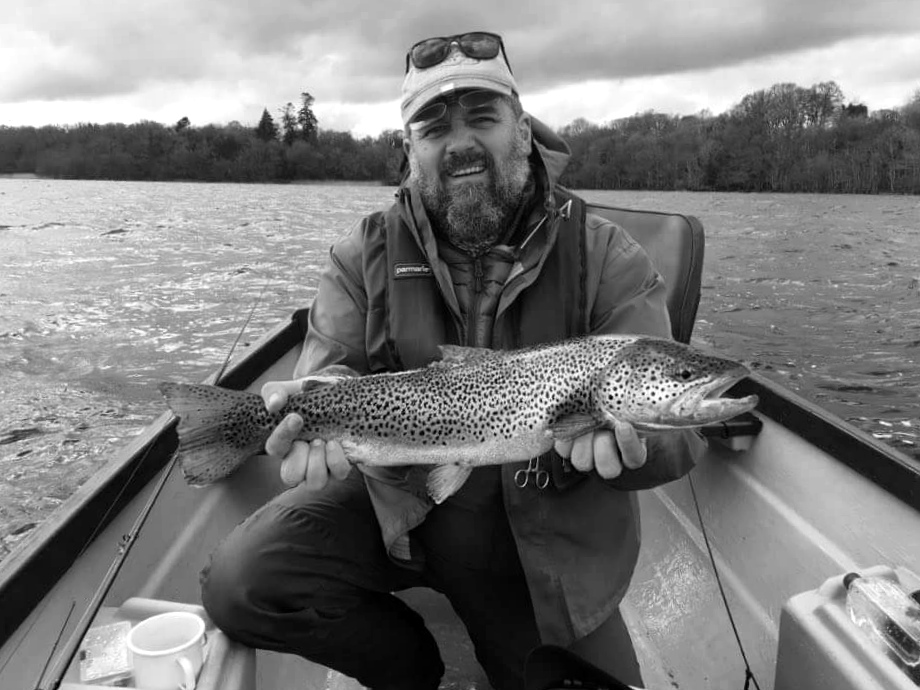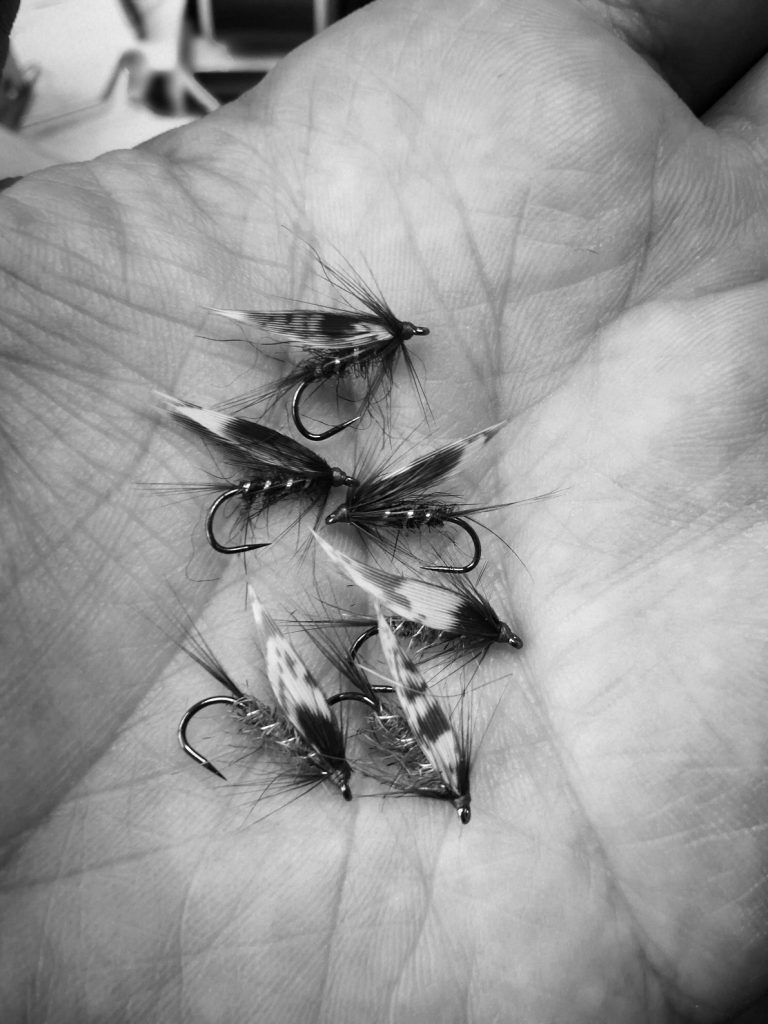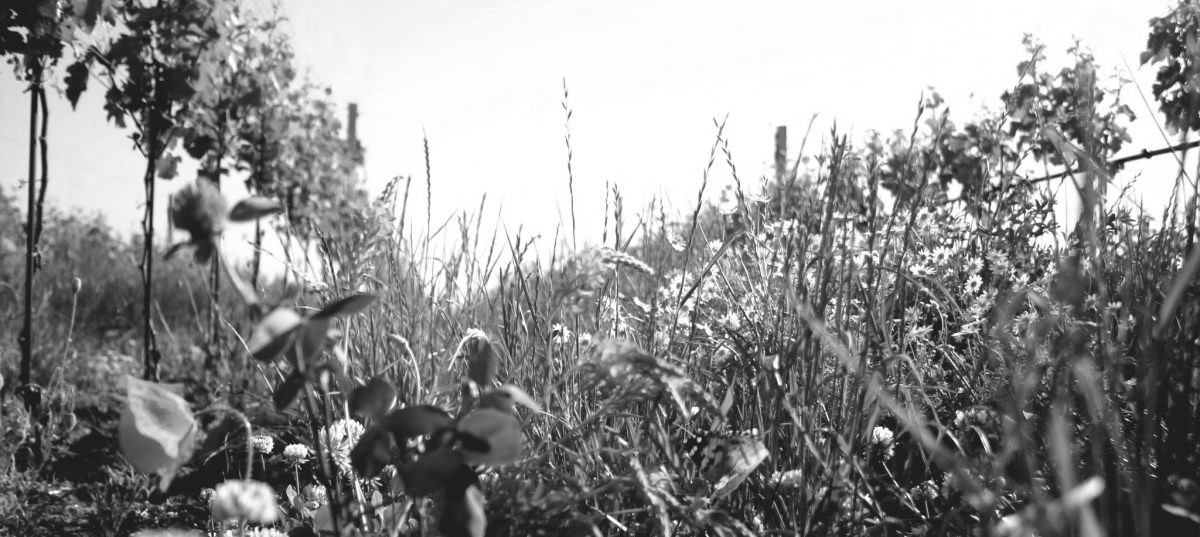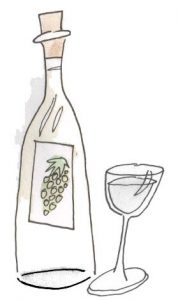classical quirky vino
The Wines

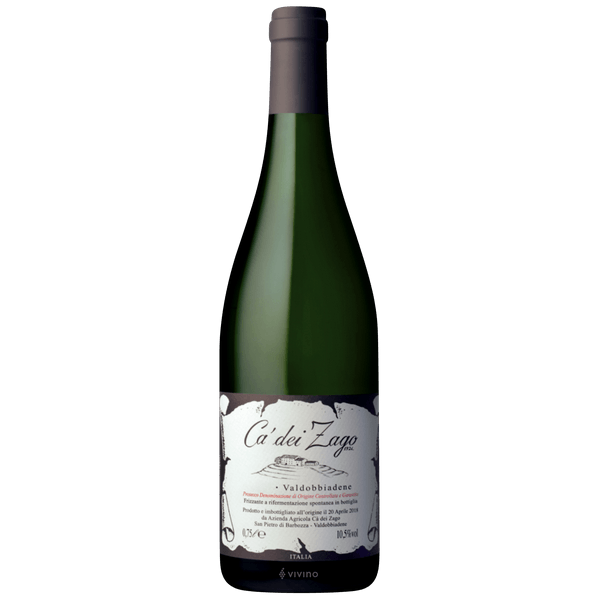
Valdobbiadene Prosecco Frizzante
Light, refreshing and fully dry, this col fondo prosecco shows notes of apple blossom, lemon peel and white peach underlined by wet stone minerality. Bottled with a crown cap, it's more sparkling than most frizzante wines, with a refined mousse.
Locally, col fondo prosecco is stored upright to allow the wine to clarify. The wine is decanted into a carafe or pitcher, leaving the sediment to be enjoyed separately.
quick facts
APPELLATION: Valdobbiadene Prosecco DOCG
VINTAGE: 2020
STYLE: sparkling
GRAPES: glera, bianchetta, verdiso, perera
FARMING: biodynamic
FERMENTATION: stainless steel
MATURATION: bottle
FILTRATION: unfiltered
VEGAN: yes
ALCOHOL: 10.5%
CASE SIZE: 6
Ca' dei Zago
Cà dei Zago prosecco is unlike any we’ve ever tasted. Sure, we’ve had prosecco col fondo – the local, artisan style of sparkling wine that finishes fermentation in bottle, leaving the sediment behind. But we weren’t prepared for the ethereal nature of this one. A very refined mousse, subtle orchard fruit flavours, elegant minerality. This is a wine that is quietly assured of its superiority.
Founded in 1924, Cà dei Zago is currently in the hands of Christian and Marika Zago. The vineyards have never been treated with any chemical pesticides or fertilisers, and have been worked biodynamically since 2010. Like all the best sites of Valdobbiadene, the rows of vines – mostly glera, with a scattering of bianchetta, verdiso and perera propagated by selection massale – are on steep terraces, and all harvesting is carried out by hand.
Christian does a partial fermentation in concrete tanks, and then the wine is transferred to steel tanks to slowly continue fermenting over the winter, with just a bit of lees stirring. When the alcohol reaches about 9%, he bottles the wine with nothing added, and there it continues fermenting to dryness. It would be easy to adjust a bit here or there, add some sugar, or interfere in some way or other, but Christian’s goal is to make an honest wine that is a direct product of its origins. It is this stripped-back method that gives the wine its uniquely delicate feel, and such a transparent glimpse of its terroir.
